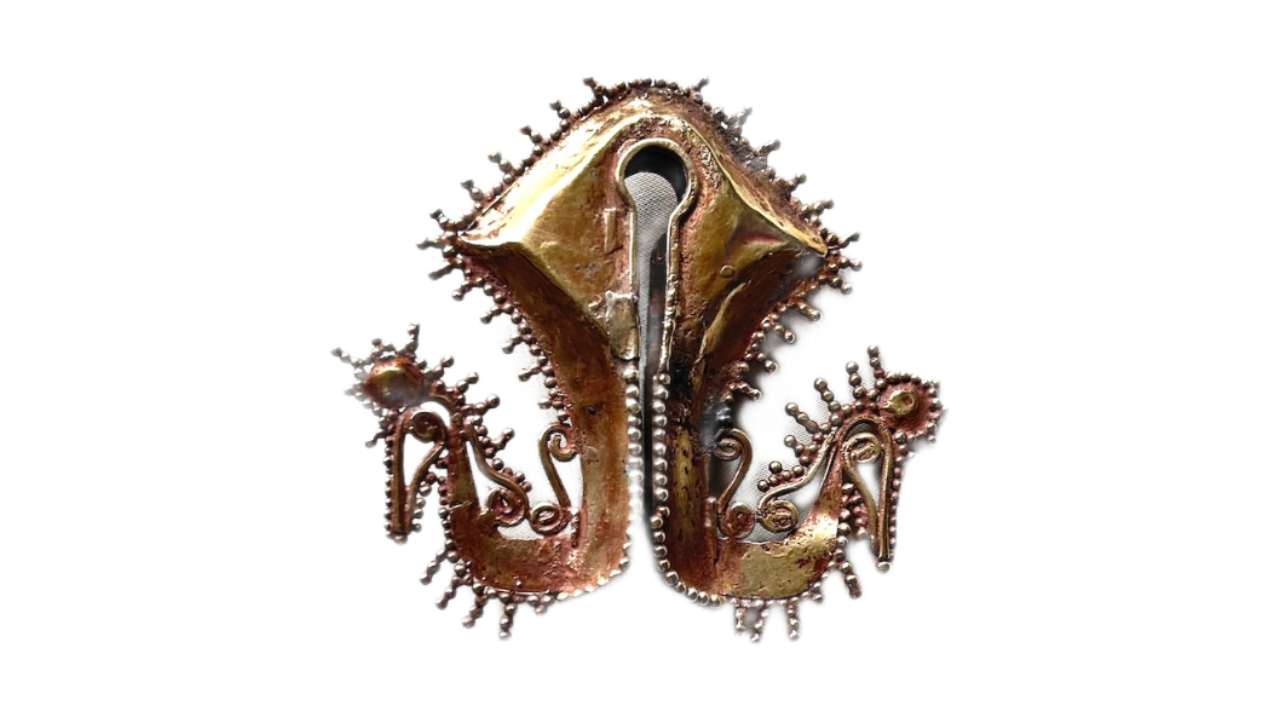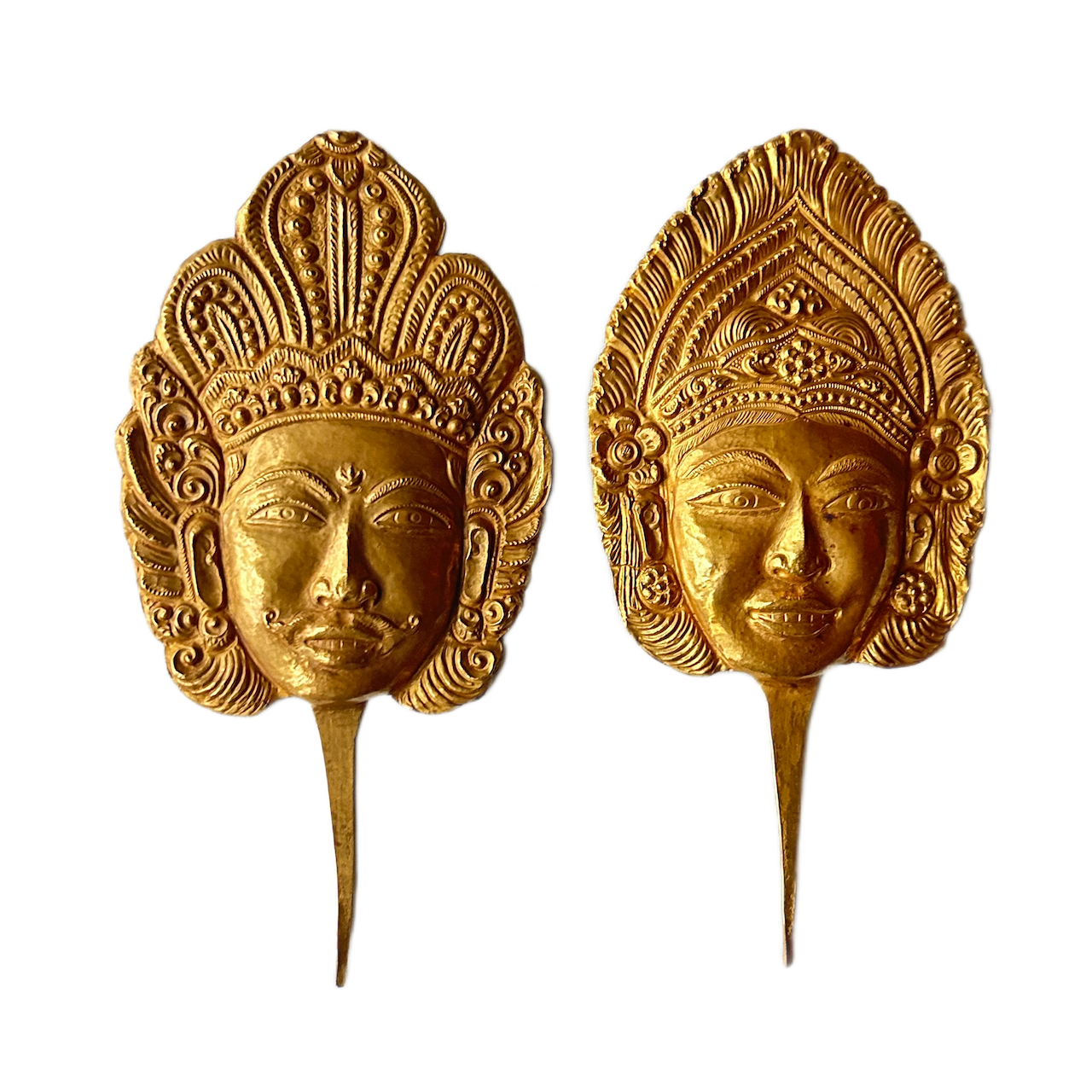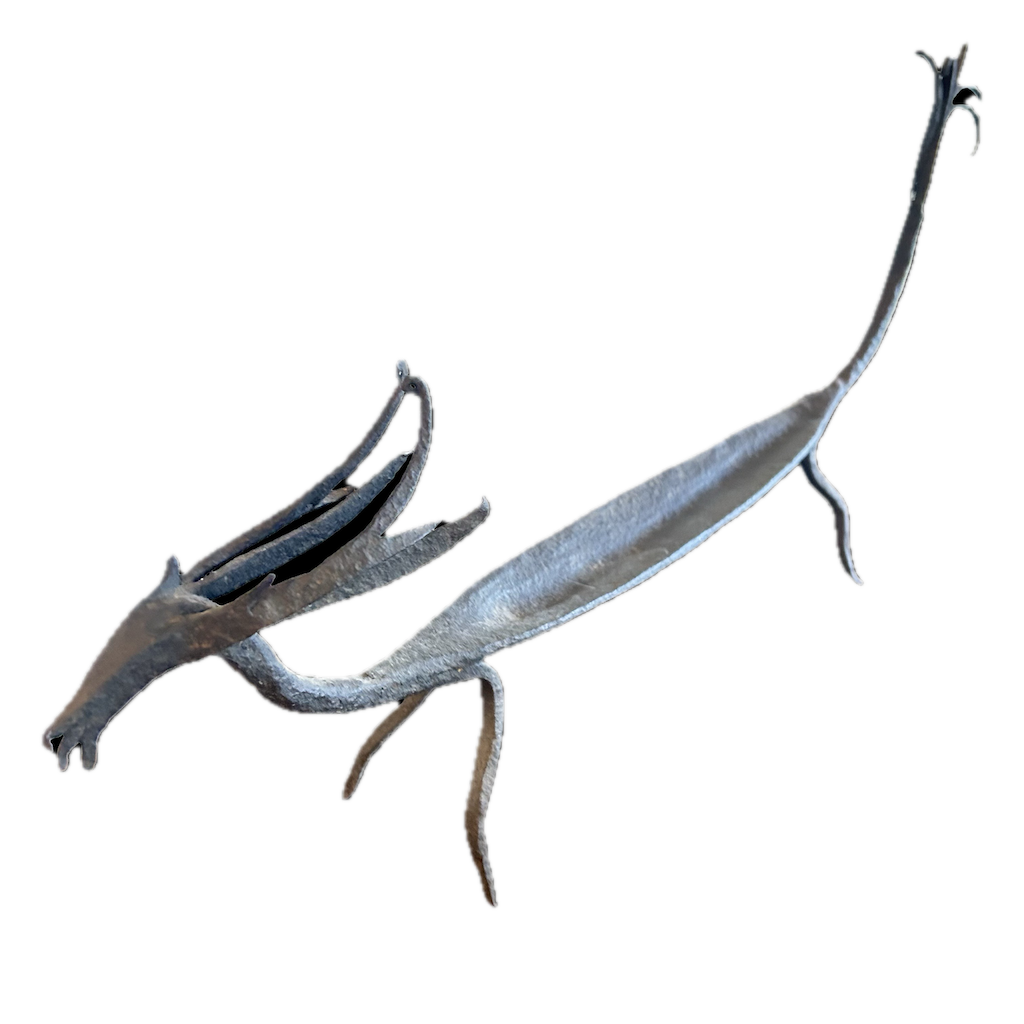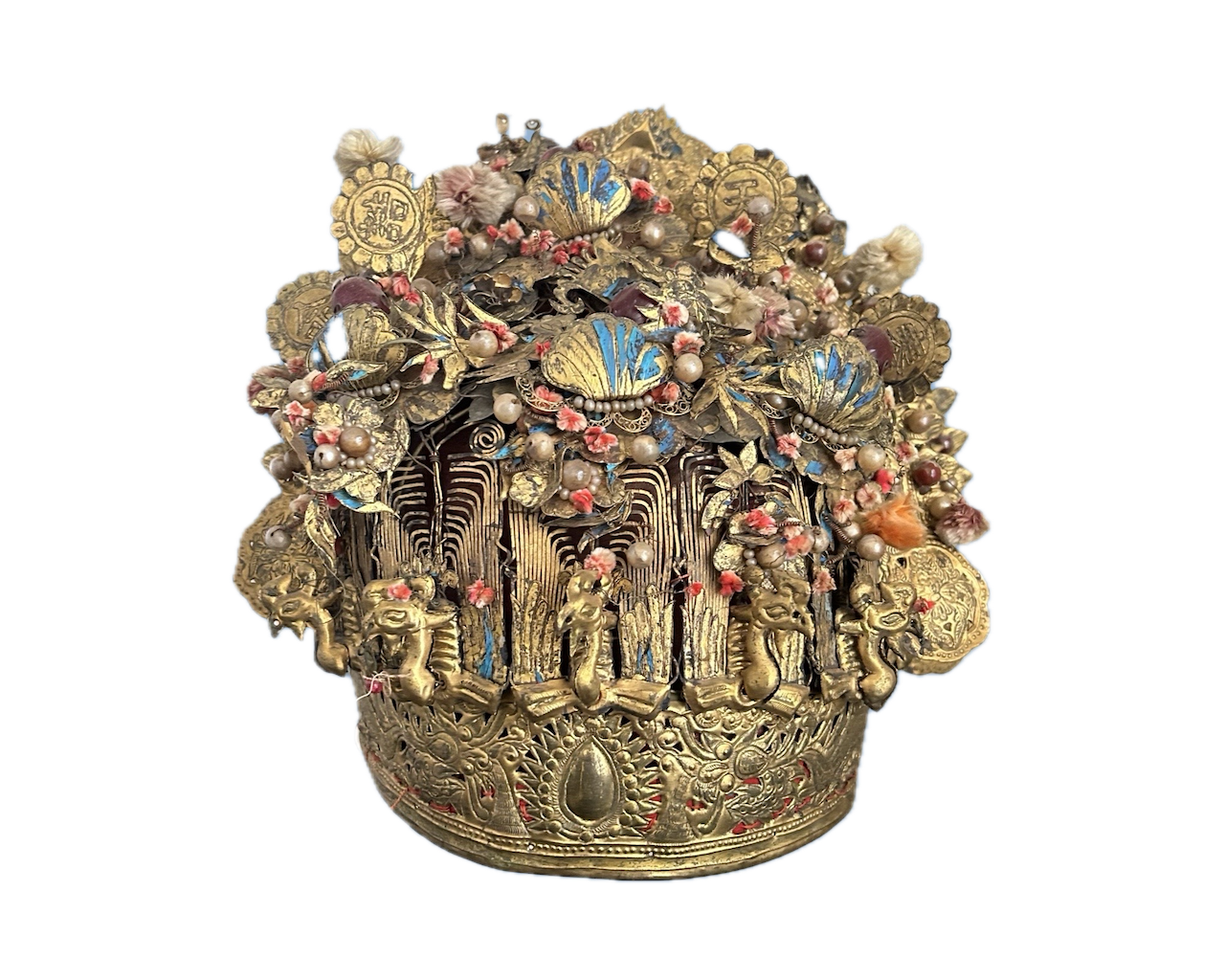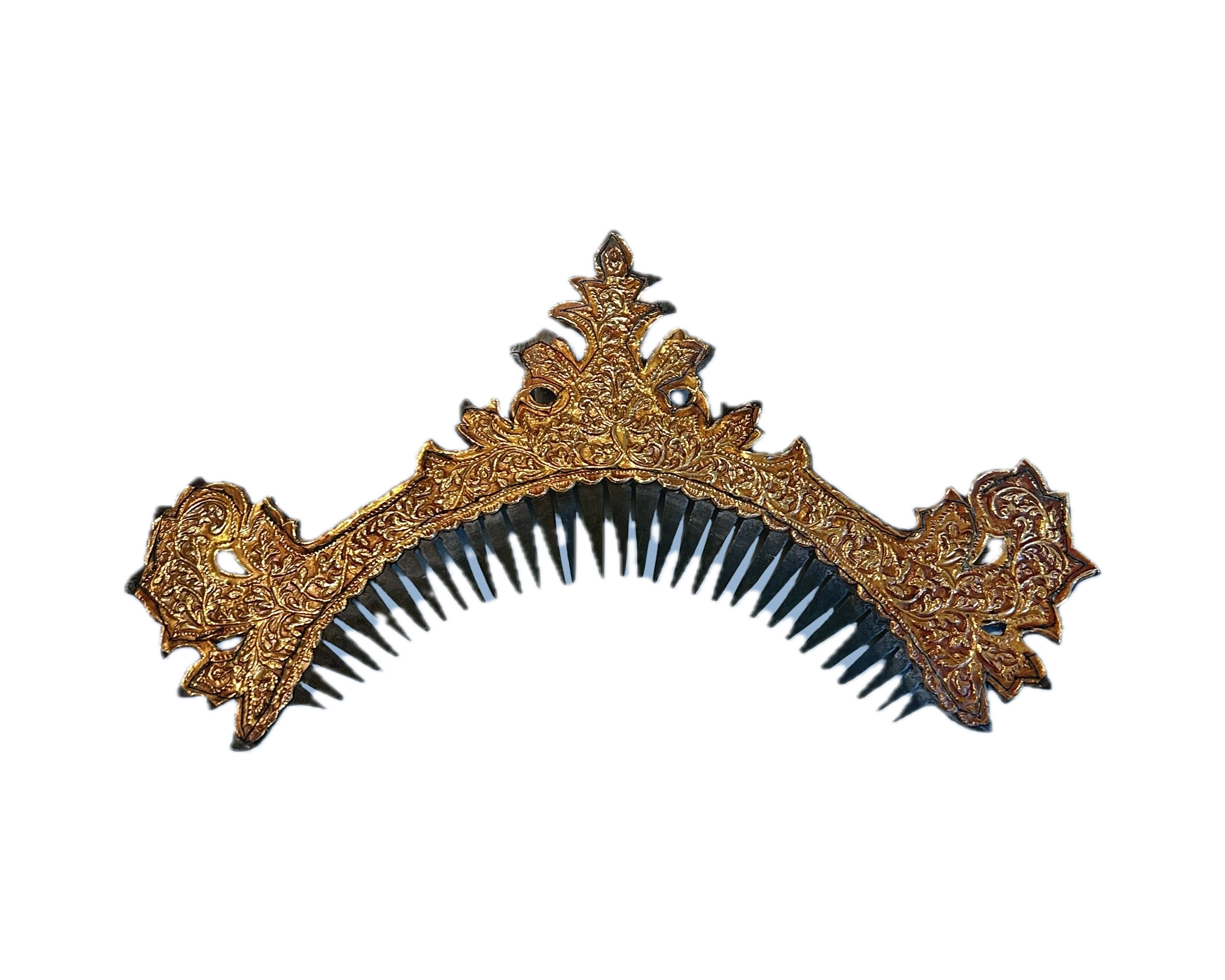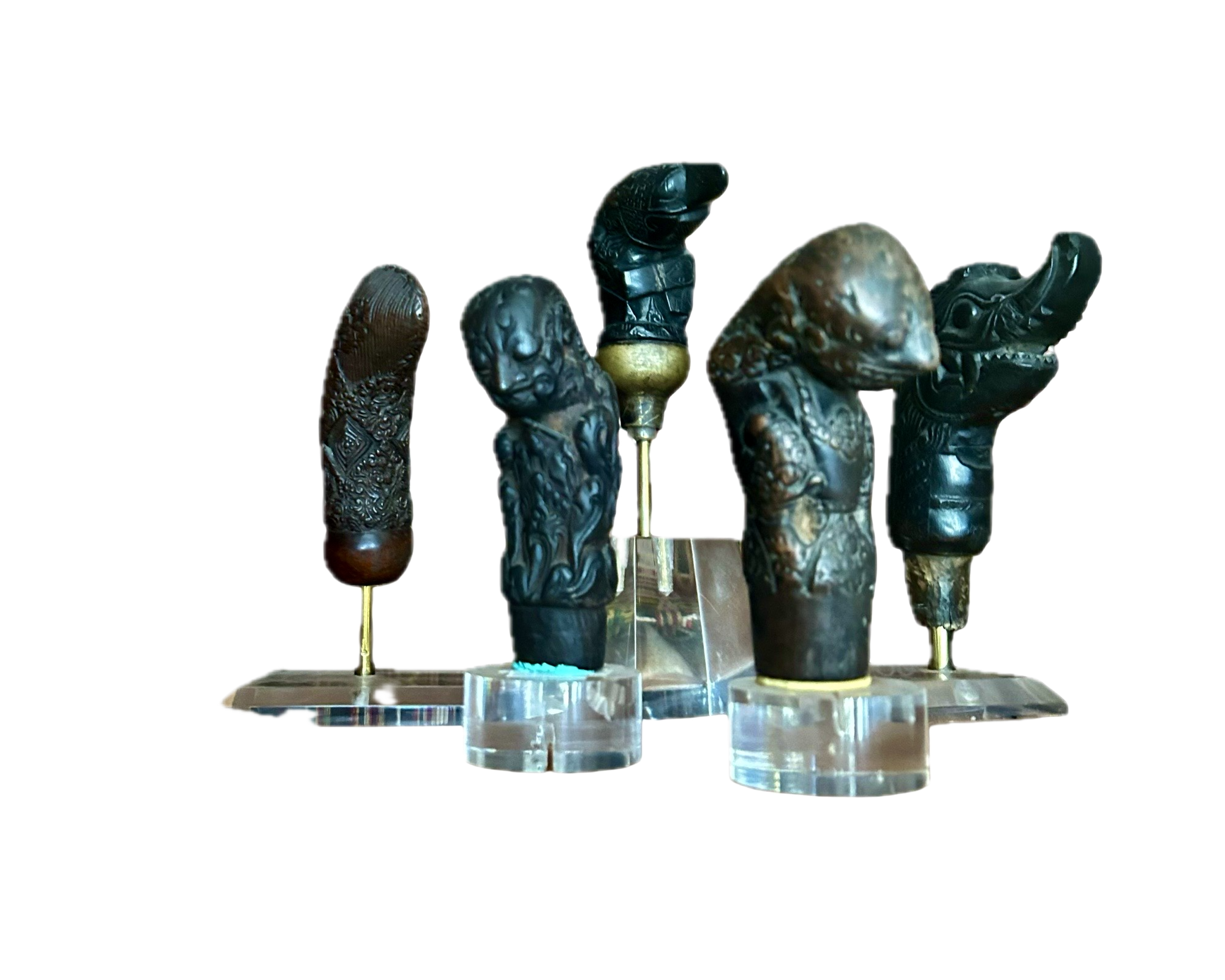Dali and Li Jiang
I remember not that long ago a couple came to my Singapore shop looking for hill tribe silver ornaments from China. They were apparently very sought after in Europe especially in Belgium. Over the last 18 years I have bought and sold many similar pieces from the Golden Triangle.
They range from bracelets, necklaces, torques, earrings, embroideries and clothing of the Hmongs, Akha, Lisu, Lahu along with the long neck Padaung tribe of Burma. These people were originally from the province of Yunnan in Southern China. Their customs and traditions are parallel to their contemporaries like the Bai, Miao, Moso and the Naxi tribes of Kunming in Yunnan, Southern China.
I followed my instinct and flew to Kunming city in transit to Lijiang, only 45 minutes away by plane. Lijiang is situated in the southern tip of the Ginghai-Tibet highland and the northern tip of the Yunnan-Guizhou plateau. This ancient city which dates back to the Tang dynasty period (618-906 AD) was endorsed by UNESCO as a "world" cultural heritage site in 1997.The magic of this place is that it brings us back in time owing to its architecture and the surroundings.
Lijiang is surrounded by canals and mountains. The houses form irregular groups that space out rustically from every angle. There are always unexpected views of interest where crystal clear canals filled with fat carp run parallel alongside the cobbled streets. This place is best to be explored alone away from the madding crowd in the wee hours of the morning when every one is still snoring away. Besides being a very popular tourist destination among the mainland Chinese, the other unique attraction is only 18 km away.
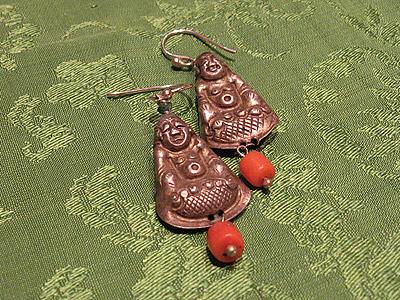
Yu Long mountains 'mountain of the jade dragon' looms 5596 meters high. Known as the mountain of love with its nearby lake Lugu, a fairy tale like land is inhabited by the Moso People who live on the banks of the lake. These ethnic groups are still practising "visiting marriage" a custom of this maternal society in China. Males visit their lovers to spend the night and females never leave their homes. This maternal society has a lust for love and profound promiscuous feelings.
When I got to Lijiang I walked around with my little bag of clothing till I stumbled on a charming inn. This little inn was converted from an old Chinese complex residence. Despite being centrally located it was really serene and peaceful with three complexes enclosing a courtyard that was filled with cymbidium orchids which seemed to be indigenous since they were abundant in the entire town. Contrary to its traditional setting this inn provided very modern amenities which made it so comfortable. It came with a price tag of only US$30 a night.
Only a stone's throw away, were beautiful tea houses, restaurant, bars, internet cafes, souvenir shops and willow tree-lined crystal clear canals. I walked further up the canal to have a good look at an old flour mill that was operated by the gushing water which flowed to the canals from the nearby mountains. Cheerful women who were washing their clothing in the canal chatted away along side little children who were trying to catch fish with their tiny bare hands. The water was really crystal clear because dumping of rubbish was strictly forbidden. I could see and feel the mood of the Tang dynasty ambient transforming to a busy Disneyland as the day went by. Endless tour guides and tourist from the other provinces of China marched by busy people who were up and about doing their routine chores in the morning. I was told that this time of the year was their 'low' season! Without fussing around too much about the crowd I still feel very happy being around the natives whose entire livelihood relied on tourism.
I was quite disappointed for not finding my source for artifacts since this place was flooded with only souvenirs. My business trip has always been a pleasure but it would be so nice to acquire artifacts too. The saying goes; to kill two birds with one stone.
After spending two nights in Lijiang, I took a bus to Dali, a three-hour ride away towards the south western part. Dali was smaller and with fewer beautiful canals. It was charming in its own way. People do their daily business among the town dwellers, and those who were catering to tourist were mostly dealing with souvenirs, travels, sightseeing, restaurants and guest houses.
Tourist who came here were mostly foreigner and they loved to dress up like hippies. The clothing they wore were sold in shops and they mostly come from Nepal and India. The guest houses and inns were replicas of those in the Himalayas. They were all decorated with symbols of the esoteric Buddhism of Tibet. Though they were cheap and clean, they did not seem reliable.
Famous Yunnan hams were seen hanging from everybody's door frame to be aire dried in the polluted air amidst flies and dust. It is probably part of the process to improve the flavor of the hams. Yikes. Although it is very similar to Parma ham, they are cooked differently. The typical Yunnan ham dish comprised of tiny bits of ham simmered with cabbage. I have eaten this dish and I highly recommend it if you plan to visit Yunnan.
In Dali luck was on my side. I found two dealers who were operating side by side each other. They had mostly Miao and Bai tribe silver ornaments. Some were authentic pieces while 90% were copies. I carefully chose the pieces of silver jewelry that were mellowed with wear and tear. The grumpy lady owner complained about her best pieces being picked by me. She could make more profit if I also bought some replicas as antiques.
A pair of earrings in my catalogue, which is shown in the picture above, depicts a laughing Buddha. They came from a head cloth ornament. In the legendary tales, he was born a very handsome monk and has attracted many women who have gone to see him for wrong reasons. In order for him to avoid this obstacles and to be on the right path to sainthood, he has deliberately made himself obese and undesirable by indulging in food. He is very popular and he brings prosperity and happiness despite his drastic transformation. Brides of the Bai people in Kunming donned a head cloth ornament decorated with a row of silver laughing Buddhas.

